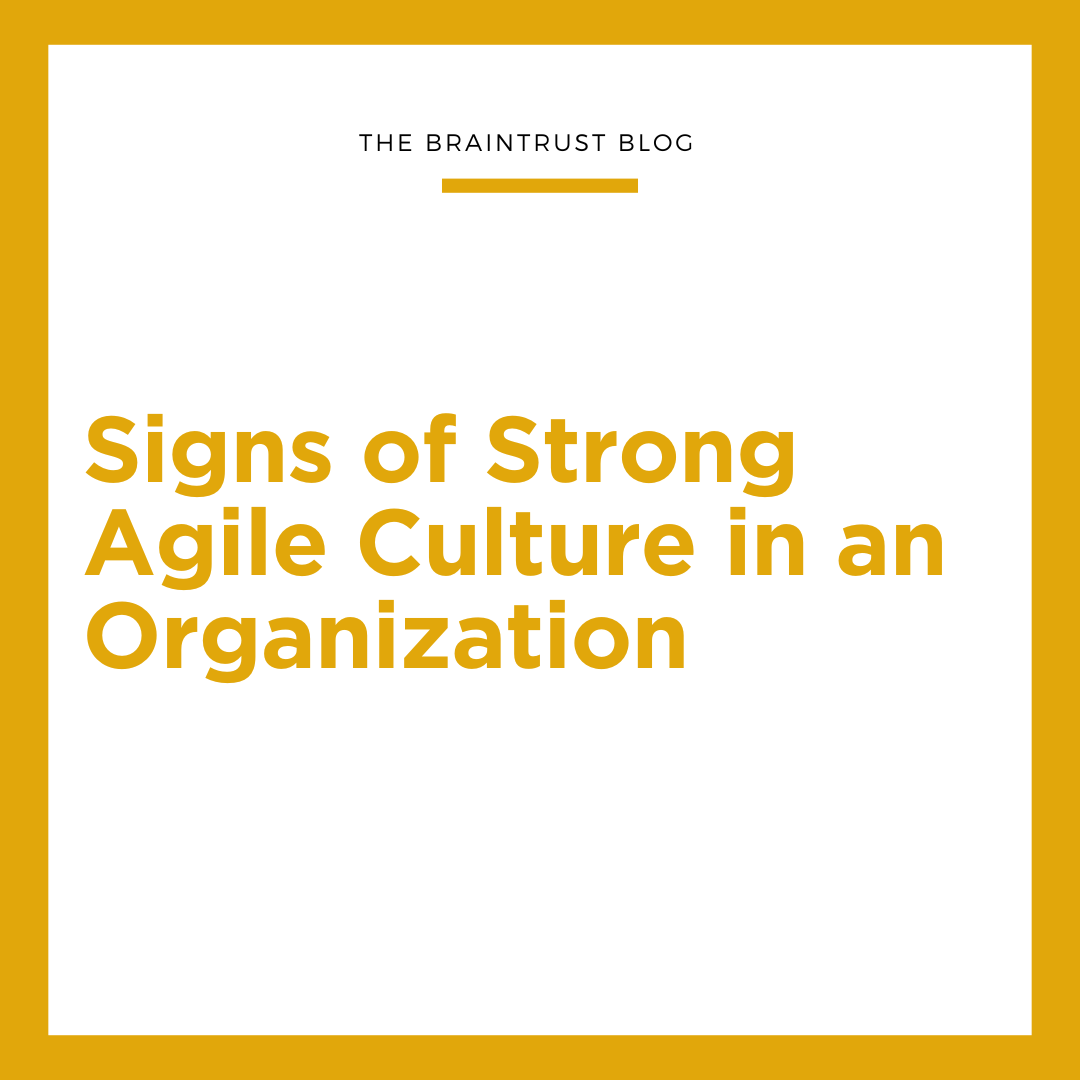In Scrum, a Product Vision is a shared understanding of what the Team wants to achieve, why they want to achieve it, and how they plan to achieve it. It also serves as a guiding beacon for the Developers and Stakeholders. The Product Vision also aligns with the overall Organizational goals and provides a high-level understanding of the purpose and value the Product aims to deliver.
It’s important to have a Vision Statement the entire Team understands and agrees upon for:
- Long-Term Focus: The Product Vision looks beyond the immediate features or releases, outlining the overarching goals and aspirations for the Product over time.
- Inspiration and Motivation: A well-crafted Product Vision inspires and motivates the Team, creating a shared sense of purpose, and fostering enthusiasm and commitment.
- Alignment with Business Objectives: The Product Vision ensures that the Product Development efforts align with the Organization’s broader mission and vision.
- Stakeholder Communication: The Product Vision is a communication tool that helps convey the intended impact of the Product to Stakeholders.
- Decision-Making Framework: The Product Vision serves as a framework for decision-making throughout development. It guides prioritization, design, and development choices, ensuring that decisions align with the overarching Vision.
- Adaptability: While the Product Vision provides a stable foundation, it should also be adaptable. In the dynamic world of Product Development, the Vision may evolve based on feedback, market changes, and emerging opportunities.
- Customer Value: A strong Product Vision focuses on delivering value to customers. It emphasizes the benefits and outcomes the Product intends to provide, ensuring that customer needs and expectations are at the forefront of development efforts.
- Measurable Objectives: While the Vision is high-level and inspirational, it should be complemented by specific and measurable objectives. These objectives help in assessing progress and success in achieving the Vision.
Creating the Vision Statement
The creation of the Vision Statement falls on the hands of the Product Owner. The Product Owner has the task of understanding the project from top to bottom. They are responsible for communicating the ideas of the Stakeholders, customers, the Development Team, and Scrum Master. The Product Owner is the central source for everyone to know the priority in the effort and exactly how that priority delivery takes place.
Creating a Vision Statement is usually done by answering a few critical project objectives. These include answering common questions.
-
What is the goal and/or business value of the product?
-
Who will use the product?
-
Why does the customer need this product?
-
How will it compare to other similar products in the market?
-
What differentiates this product and makes it unique?
After answering these questions, you should be able to craft the Vision Statement.
What the Vision Statement Looks Like
Ideally, a Vision would be boiled down to one sentence or shorter. The basic template to help you in this effort that most use initially is below:
For (target customer)
Who (statement of need or opportunity)
The (Product name) is a (product category)
That (what is the key benefit or reason to buy)
Unlike (competitor)
Our product (primary differentiation statement)
Once completed, your Vision Statement will give a general understanding of the Organization’s path forward and inspire action.



